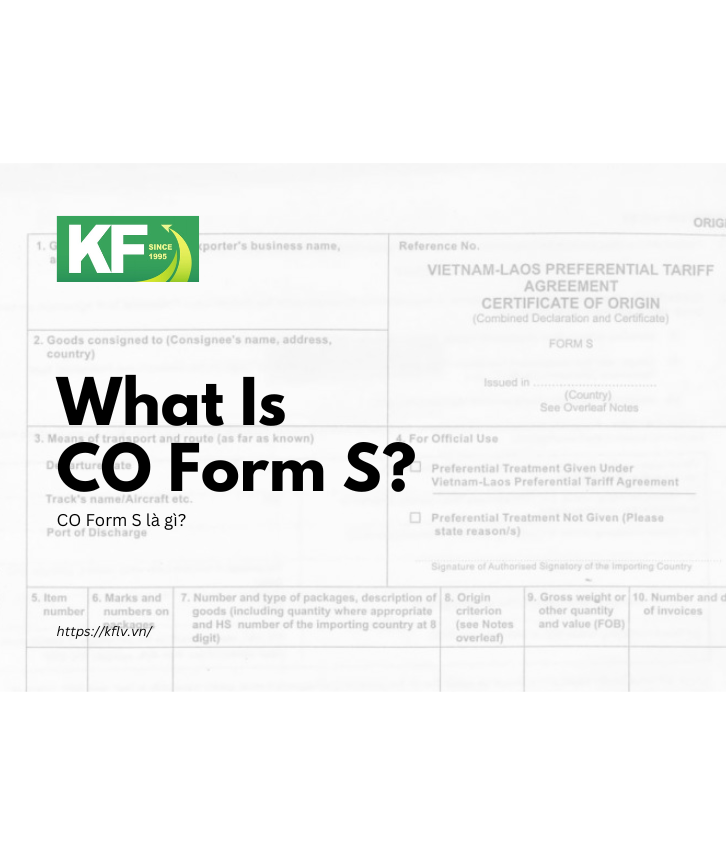Rail Freight Transport between Vietnam and China
As trade activities between Vietnam and China continue to grow, cross-border rail freight has emerged as a cost-effective and sustainable logistics solution. Through the international rail network, businesses can optimize shipping time and costs while expanding market access to inland Chinese provinces—and even connecting further to Central Asia and Europe.

Rail Freight Transport between Vietnam and China
What is Vietnam – China Cross-Border Rail Transport?
Cross-border rail transport refers to the international movement of goods by train, allowing shipments to travel between Vietnam and China via a synchronized rail system. This method is based on bilateral agreements and requires specific documentation, such as the Vietnam–China rail transit permit.
Currently, trains often operate from stations such as Yen Vien, Lao Cai, and Dong Dang in Vietnam to major Chinese hubs like Nanning, Zhengzhou, Kunming, Chongqing, and Beijing.
>> Read More: What is Cross-border Transport?
Key Advantages of Vietnam–China Rail Transport
Rail freight is increasingly favored by import-export businesses thanks to its clear benefits:
- Faster transit time: For example, the route from Nanning (China) to Yen Vien (Vietnam) takes only about 14 hours—faster than road or sea.
- Cost efficiency: Compared to air or road freight, rail offers significant savings, especially for bulky or heavy goods.
- Flexible consolidation: LCL (Less than Container Load) shipments allow small businesses to leverage the benefits of rail transport.
- High seasonal capacity: Rail remains reliable during peak seasons when border congestion often affects road transport.
Infrastructure Limitations and Current Challenges

Infrastructure Limitations and Current Challenges
Despite its potential, Vietnam–China rail transport faces a few challenges:
- Infrastructure mismatch: Inconsistent track gauge and aging rail sections—such as the Hanoi–Lao Cai–Hekou route—limit efficiency.
- Low frequency: With only about 3 trips per week, current capacity is insufficient for the 8–9 million tons/year demand.
- Extra handling costs: Cargo often requires transloading and train changes at border crossings.
Ongoing Strategic Rail Projects
To strengthen international rail transport, Vietnam and China are collaborating on several key rail projects:
Lào Cai – Hanoi – Hải Phòng – Quảng Ninh Line
- Length: 460 km | Gauge: 1,435 mm
- Investment: USD 8.369 billion | Completion target: By 2030
Hải Phòng – Hạ Long – Móng Cái Line
- Length: 187 km | Passenger speed: 160 km/h
- Estimated launch: Post-2030 | Investment: USD 7 billion
Lạng Sơn – Hà Nội Line
- Length: 156 km | Freight speed: 120 km/h
- Investment: USD 6 billion | Estimated timeline: Post-2030
These routes are also part of the Pan-Asian railway network, creating seamless corridors from China to ASEAN countries and Europe.
Strategic Cooperation Between Vietnam and China
The Lào Cai – Hanoi – Hải Phòng project was approved by Vietnam’s National Assembly in February 2025. Both sides are working to accelerate the process, including:
- Negotiating loan agreements with the Chinese government.
- Collaborating with China Railway Design Institute (Institute No.5) on feasibility studies.
- Vietnam’s Ministry of Construction is developing technical standards and handling contractor selection and capital mobilization.
>> Read More:North-South Railway Transport – King Freight Logistics Vietnam
Practical Benefits for Import–Export Enterprises
Enhanced Vietnam–China rail connectivity brings significant advantages to exporters and importers:
- Shorter delivery times and faster cargo turnover.
- Lower logistics costs, especially for large-volume container goods.
- Greater reliability, with less impact from border delays, weather, or road congestion.
- Expanded market reach, enabling connections from China to Central Asia and Europe via international rail.
Vietnam–China rail freight is more than a logistics trend—it is a strategic lever that empowers businesses to reduce costs, improve operational efficiency, and enhance global competitiveness. To fully harness its potential, choosing a reliable logistics partner and understanding procedures such as the Vietnam–China rail transit permit are essential.
Shipping Solutions by Railway with KFLV
King Freight Logistics Vietnam (KFLV) provides comprehensive shipping services with:
- Flexible transport options: Air and sea freight services.
- Customs clearance support: Minimizing delays and risks.
- Cost-optimized solutions: Catering to both small and large shipment volumes.
- Expert consulting team: Assisting businesses throughout the entire export process.
With years of experience and an extensive logistics network, KFLV is a trusted partner for businesses looking to transport goods by railway quickly, safely, and cost-effectively.
Contact us today at +84 (0) 938 188 796 for expert consultation and a detailed quotation!
Written bykflv.vn
Other activities


Other news

CO Form S (Certificate of Origin – Form S) is a preferential certificate of origin issued for goods exported from Vietnam to Laos. It enables Vietnamese exporters to enjoy special tariff preferences under the Vietnam–Laos Bilateral Trade Agreement. This article explains what CO Form S is, its purpose, documentation requirements, and application procedure — along […]

